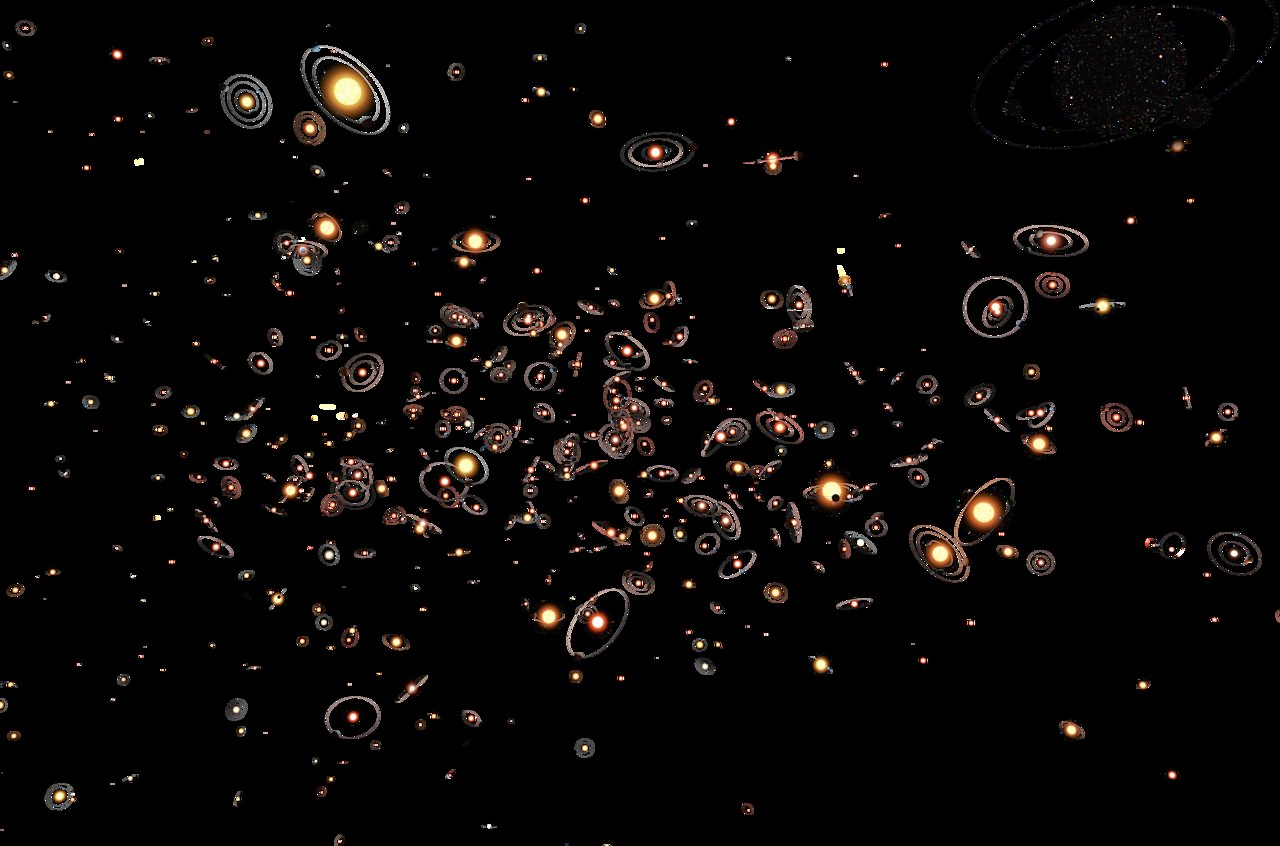- About▼
- Exo 101▼
- News
- Research▼
- Jobs + Internships▼
- Public Outreach▼
- Our Team▼
- Contact Us
- FR▼

Since the discovery of the exoplanet 51 Pegasi b in 1995, which was a hot Jupiter, thousands of other exoplanets of all kinds have been discovered. Thanks in part to massive surveys by space telescopes such as Kepler and TESS, a whole zoo of exoplanets has been populated: lava planets, water worlds, super-Earths and mini Neptunes, “cotton candy” planets, more hot Jupiters, and many more.
Many researchers at iREx are focusing on the census and characterisation of these exoplanets in order to paint a more complete picture of the types of planets populating our Universe. The fact that the most common type of exoplanet appears to be mini Neptune, a type of planet absent from our own Solar System, tells us that we still have much to learn about these worlds.
Using the various methods of exoplanet detection, our researchers can determine a surprising number of properties of these distant worlds. The transit method can reveal the size and period of the exoplanet as well as the distance to its star. The radial velocity method helps us to determine its mass.
Many other observations tell us more about its temperature, its composition, the shape of its orbit, its habitability, and much more. Astronomers have not necessarily determined each of these properties for each catalogued exoplanet, but the increased observations using a multitude of instruments brings us closer each day to a more global understanding of these exoplanets as extraterrestrial worlds in their own right.
The characterisation of exoplanets and the resulting global statistical study depend on observational campaigns and instruments specifically designed for the detection and characterisation of these worlds. Several iREx researchers not only benefit from these catalogues, but also actively contribute to them. NASA’s Kepler Space Telescope alone has led to the discovery of over 2600 exoplanets during its mission between 2009 and 2018. The Transiting Exoplanet Survey Satellite (TESS) mission took over in 2018 and will detect thousands and even tens of thousands of exoplanets.
The Webb Telescope, and in particular its Canadian instrument NIRISS, will be able to make follow-up observations of Kepler and TESS targets to determine the chemical composition of their atmospheres. In addition to these space telescopes, several telescopes and astronomical instruments on Earth such as the TRAPPIST telescope, the SPIRou and NIRPS instruments, and many others allow iREx researchers to further populate our databases characterising the exoplanets that have been discovered.
Several iREx researchers and their students are conducting research projects that include the characterisation of exoplanets. To learn more, we invite you to read their profiles:
You must be logged in to post a comment.